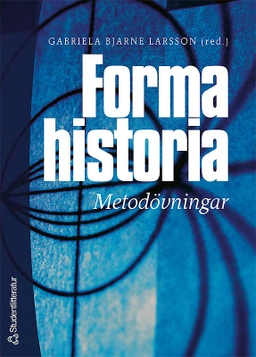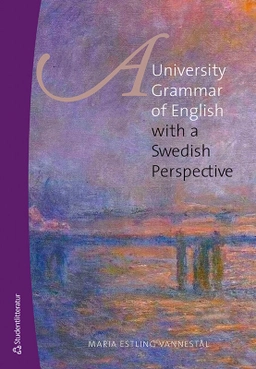Interpreting Early Modern Europe is a comprehensive collection of essays on the historiography of the early modern period (circa 1450-1800).
Concerned with the principles, priorities, theories, and narratives behind the writing of early modern history, the book places particular emphasis on developments in recent scholarship. Each chapter, written by a prominent historian caught up in the debates, is devoted to the varieties of interpretation relating to a specific theme or field considered integral to understanding the age, providing readers with a ‘behind-the-scenes’ look at how historians have worked, and still work, within these fields. At one level the emphasis is historiographical, with the essays engaged in a direct dialogue with the influential theories, methods, assumptions, and conclusions in each of the fields. At another level the contributions emphasise the historical dimensions of interpretation, providing readers with surveys of the component parts that make up the modern narratives.
Supported by extensive bibliographies, primary materials, and appendices with extracts from key secondary debates, Interpreting Early Modern Europe provides a systematic exploration of how historians have shaped the study of the early modern past. It is essential reading for students of early modern history.
For a comprehensive overview of the history of early modern Europe see the partnering volume The European World 3ed Edited by Beat Kumin - https://www.routledge.com/The-European-World-15001800-An-Introduction-to-Early-Modern-History/Kuminah2/p/book/9781138119154.
Åtkomstkoder och digitalt tilläggsmaterial garanteras inte med begagnade böcker





















